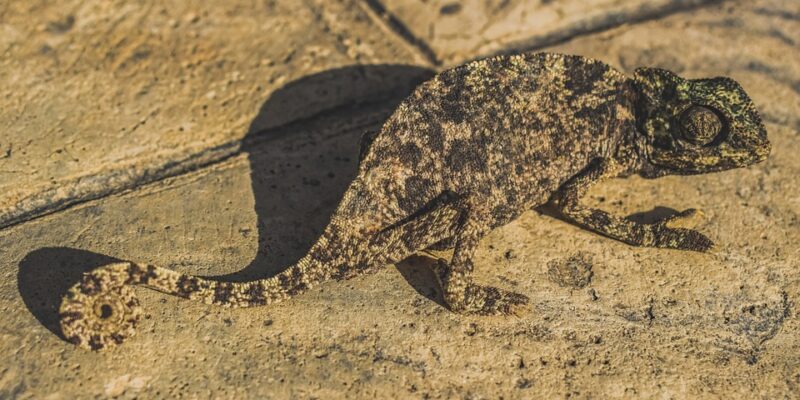The Science of Adaptation: How Living Organisms Adjust to Their Environment
Adaptation is a fundamental concept in biology that describes how living organisms evolve and adjust to their environment in order to survive and thrive. From the smallest single-celled organism to the largest mammal, all living things possess the ability to adapt to changes in their surroundings in order to increase their chances of survival. This process of adaptation is guided by the principles of natural selection, which describes how advantageous traits are passed down from one generation to the next.
Types of Adaptation
There are two main types of adaptation that living organisms undergo in order to survive in their environment: physiological adaptation and behavioral adaptation. Physiological adaptation involves changes in an organism’s physical structure or biochemical processes in response to environmental pressures. For example, desert-dwelling plants may have developed mechanisms to conserve water and withstand high temperatures, while arctic animals may have thick fur and layers of fat to insulate them from the cold.
Behavioral adaptation, on the other hand, involves changes in an organism’s behavior in response to environmental challenges. This can include changes in migration patterns, hunting techniques, or social interactions in order to maximize the chances of survival. For example, birds that migrate south for the winter are exhibiting a behavioral adaptation to avoid the harsh conditions of the colder months.
Evolution and Adaptation
The process of adaptation is closely linked to the theory of evolution, which describes how living organisms have evolved over time through the process of natural selection. Natural selection acts on variations within a population, favoring traits that increase an organism’s chances of survival and reproduction. These advantageous traits are then passed down to future generations, leading to the evolution of new species.
Adaptation is an ongoing process that occurs over generations as living organisms respond to changes in their environment. This can be seen in the interactions between predators and prey, as well as in the responses of plants to changes in climate and soil conditions. By adapting to their surroundings, living organisms are able to exploit new niches, avoid predators, and maximize their chances of survival.
Examples of Adaptation
There are numerous examples of adaptation in the natural world that illustrate how living organisms have evolved to survive in diverse environments. One classic example is the evolution of the peppered moth during the industrial revolution in England. Prior to the widespread use of coal-powered factories, the peppered moth had a light coloration that helped it blend in with the lichen-covered trees in its habitat.
However, as pollution from coal factories darkened the tree trunks, the light-colored moths became more visible to predators, leading to a decline in their population. Over time, a genetic mutation resulted in a darker coloration in some moths, which allowed them to blend in with the newly darkened trees. This adaptation increased their chances of survival and allowed them to thrive in their changing environment.
Another example of adaptation can be seen in the cactus plant, which has evolved a number of specialized adaptations to survive in the harsh desert environment. Cacti have thick, waxy stems that store water for times of drought, as well as spines that deter herbivores from eating them. These adaptations have allowed cacti to thrive in arid regions where other plants would struggle to survive.
Human Adaptation
Humans are also subject to the process of adaptation, both in terms of physiological and behavioral changes. One example of physiological adaptation in humans is the development of lactose tolerance in certain populations that have a history of dairy farming. In these populations, a genetic mutation has allowed individuals to continue producing the enzyme lactase into adulthood, allowing them to digest dairy products.
Behavioral adaptation in humans can be seen in our responses to changes in our environment, such as the development of agriculture and technology to help us better adapt to our surroundings. Our ability to communicate and cooperate with one another has also played a crucial role in our survival and success as a species.
Conclusion
Adaptation is a key concept in biology that describes how living organisms evolve and adjust to their environment in order to survive and thrive. Through physiological and behavioral changes, living organisms are able to respond to environmental pressures and increase their chances of survival. The process of adaptation is guided by the principles of natural selection and evolution, which act on variations within populations to favor traits that are advantageous for survival.
From the smallest bacteria to the largest mammals, all living organisms possess the ability to adapt to changes in their surroundings in order to exploit new niches, avoid predators, and maximize their chances of survival. By understanding the science of adaptation, we can gain insights into the complex interactions between living organisms and their environment, and appreciate the remarkable diversity of life on Earth.
